
Funding To Be Sought For WDFW Land Projects, Including 2 In Chehalis Basin
They’re still far from a done deal, but WDFW is moving ahead on a slate of six land acquisitions across Washington, including two in the Chehalis River watershed that have drawn pushback from local farmers and public officials but also support from Ducks Unlimited and the Rocky Mountain Elk Foundation, among others.
Director Kelly Susewind greenlighted his staff to seek funding to expand the Chehalis Wildlife Area near the mouth of the Satsop River in Grays Harbor County by up to 1,500 acres and to acquire TransAlta’s 9,600-acre former coal mine near Centralia via donation and purchase.
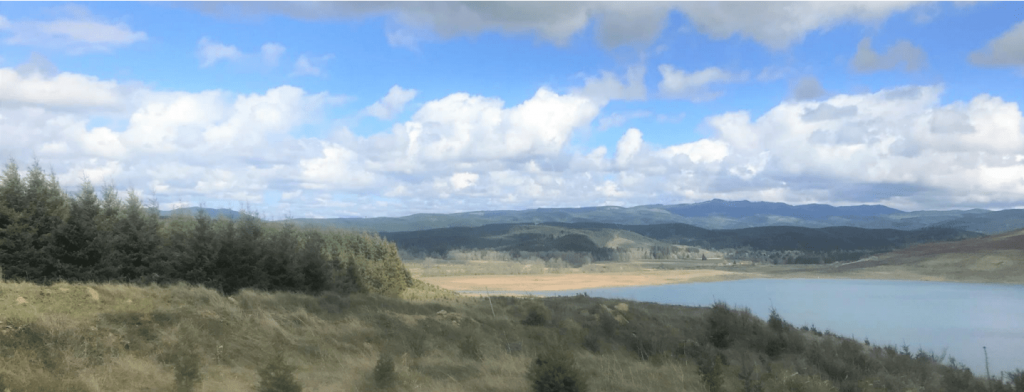
The other four projects include two much smaller ones in the Blue Mountains – a water access site on the Grande Ronde being donated to WDFW and a 145-acre inholding on Maloney Mountain above the WT Wooten Wildlife Area – the final, 14.5-acre inholding on an island in the upper Okanogan River otherwise owned by the agency, and a full 640-acre section next to the Chester Butte and Sagebrush Flat Wildlife Areas in central Douglas County.
While the Ronde deal for the Ebsen site is the closest to completion, others will need to compete for federal grants awarded for habitat work benefitting threatened critters or dollars from the state legislature for fish and wildlife habitat and public recreation. Then they need to be officially purchased by the Fish and Wildlife Commission. It’s a process that has taken years upon years for larger, more complex multiphase deals in the past.
Susewind’s decision follows last Friday’s meeting of the full citizen panel where members were briefed on the projects and took public comment.
With the largest proposal, WDFW envisions the old mine site becoming a mosaic of habitats providing a home for everything from current residents like elk to reintroduced populations of imperiled species like Oregon spotted frogs, western pond turtles and streaked horned larks, as well as hosting recreational opportunities.
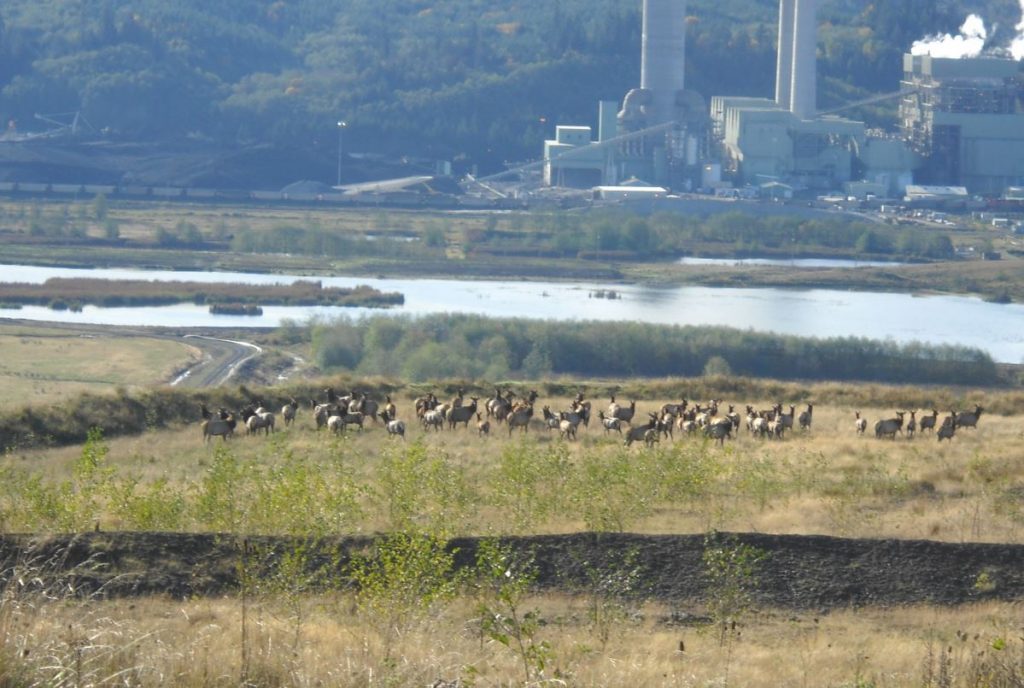
“We really see extreme value and potential and a great opportunity in front of us,” Cody Duncan, TransAlta’s project lead, told the citizen panel. “With TransAlta’s commitment to sustainability as a company, we see this aligning perfectly.”
It also aligns with the company’s requirement to come up with a restoration plan for the site’s soils, slopes, vegetation cover, waters and more with input from WDFW and which must be approved by the federal Office of Surface Mining, Duncan acknowledged.
He said that keeping some land in open space instead of timber would reduce the “reclamation scope” and that and maintaining wetlands helps make donating two-thirds of the overall property to the agency possible.
Duncan said the state wouldn’t be hit with operating and maintenance costs “for some time” as TransAlta continued to manage the site until it achieves what’s known as “bond release” from the feds for having completed its reclamation work.
He also made a nod toward local concerns about future management of the property and committed to being a good neighbor.
“We really want to find a way that this project to be one that is supported at the federal level, the state level and the local level,” Duncan said.
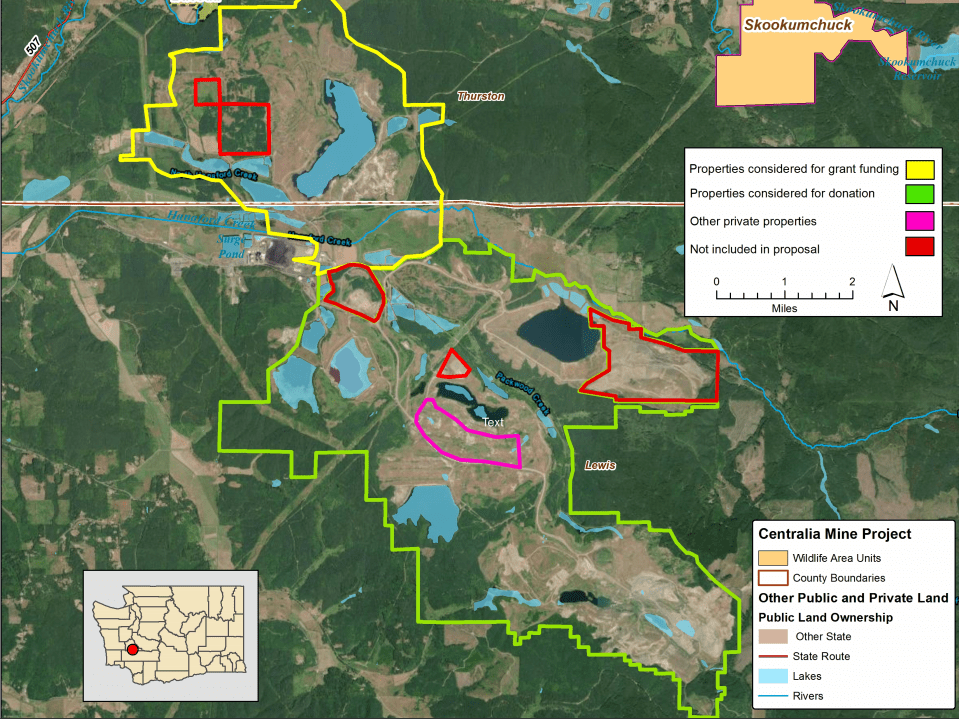
Worries have centered around tax impacts and lost development potential for Lewis County, where about two-thirds of the mine sits and almost all of which would be donated to WDFW.
Over the past two months, a series of articles and letters to the editor in the Centralia Chronicle have detailed concerns from county elected officials, including an especially strident response from the assessor, but also support from residents and others.
The other third is in Thurston County.
The mine was operated until 2006 when it became cheaper to fuel two local power plants with coal from Montana and Wyoming. Last December saw the shutdown of one station, with the other slated to cease operations in 2025 per a 2011 state agreement to phase out coal. Lewis County has eyed a large part of the site as future “industrial areas” with access to I-5.
A WDFW blog today outlines the public and fish and wildlife benefits of the acquisition.
Along with TransAlta USA and RMEF, others in favor of the acquisition include South Sound Chapter of Puget Sound Anglers, Conservation Northwest, Blackhills Audubon Society, Friends of Grays Harbor and the president of the Grays Harbor Audubon Society.
As for expanding the Chehalis Wildlife Area between Montesano and Elma, five different parcels are being looked at.
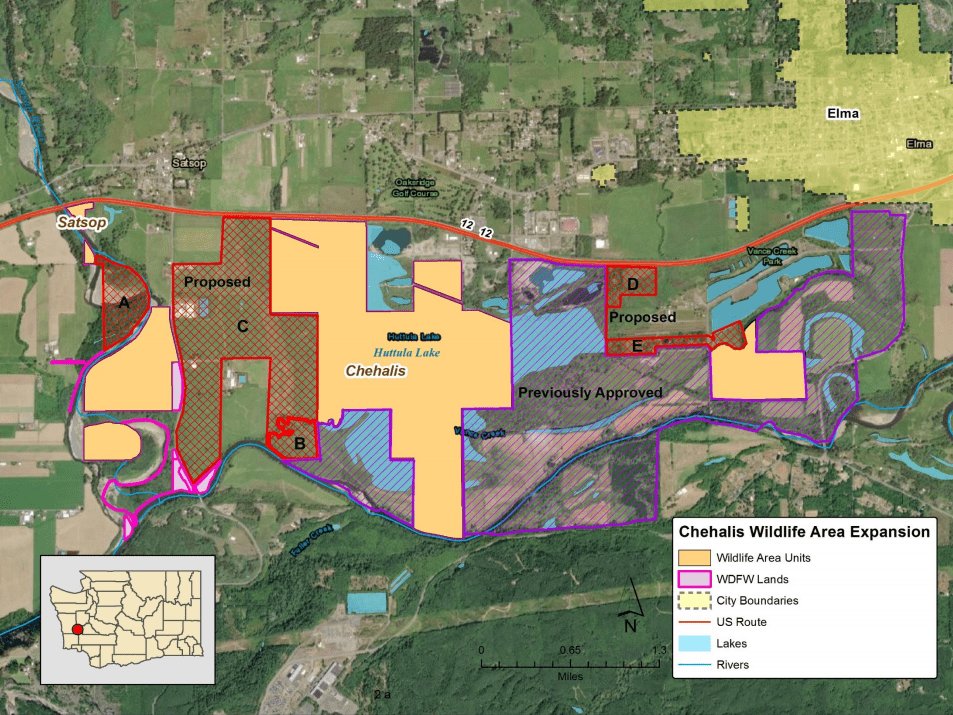
Some on the eastern side of the project envelope are “pretty good” for fish and wildlife, acknowledged Jay Gordon of the state dairy federation and a longtime local farmer, while those on the west side are good for farming, given their “great soil,” regenerative flooding, lack of largescale housing developments and an existing dairy.
Tom Davis of the Washington Farm Bureau pointed out the dairy is operated by Jose Torres, a former employee there who was recently lauded for his stewardship work on the property.
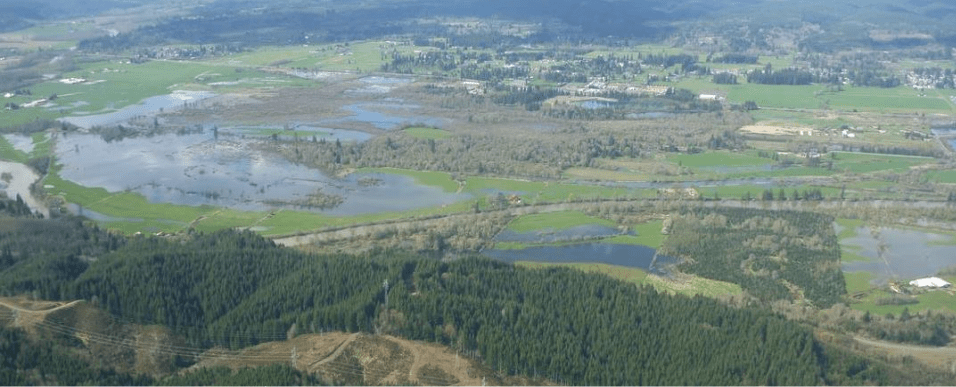
In late January, a subcommittee of the Fish and Wildlife Commission got a sneak peek at the TransAlta proposal, exciting some members but with others not afraid to look the gift horse in the mouth. But on Friday the full panel’s discussion was focused on the Chehalis Wildlife Area expansion, with questions focused around potential land management and building removal costs, and sensitivity toward local dairy operations.
But with no major brake pumpage on it or the others either, Susewind decided today to proceed with the search for funding and to continue community outreach and discussions.
WDFW is sometimes criticized for its expansive land holdings and interest in acquiring even more ground, but as the commission’s discussion wrapped up, one prime reason for why it’s in the market for more – the state’s ever-growing population – kept interrupting his grandma.
“Those are six [projects] that remain after vetting many,” noted Vice Chair Barbara Baker. “We aren’t out there scratching around, trying to find this or that. We have people who want to – hold on a minute, my grandson’s here; just a minute, Soren – sell us stuff and we go through this extensive process to figure out if it’s a match, and if we have the money.”


